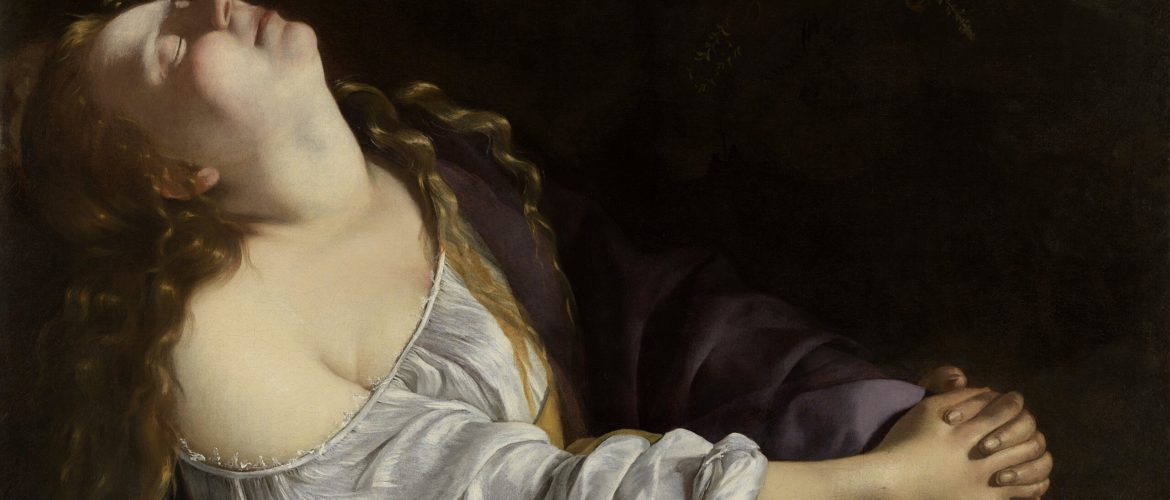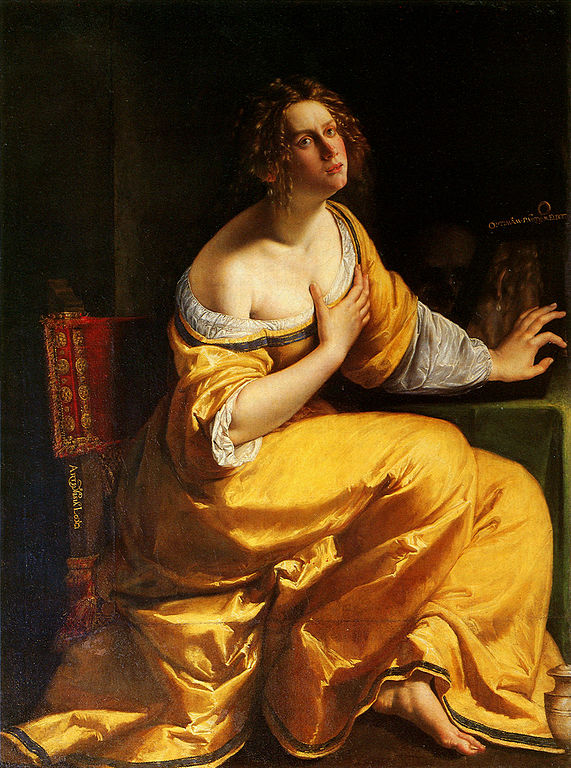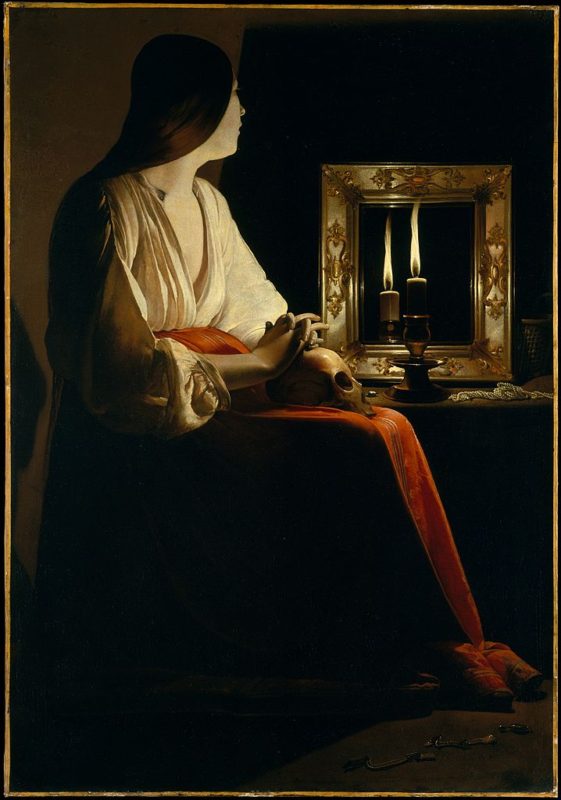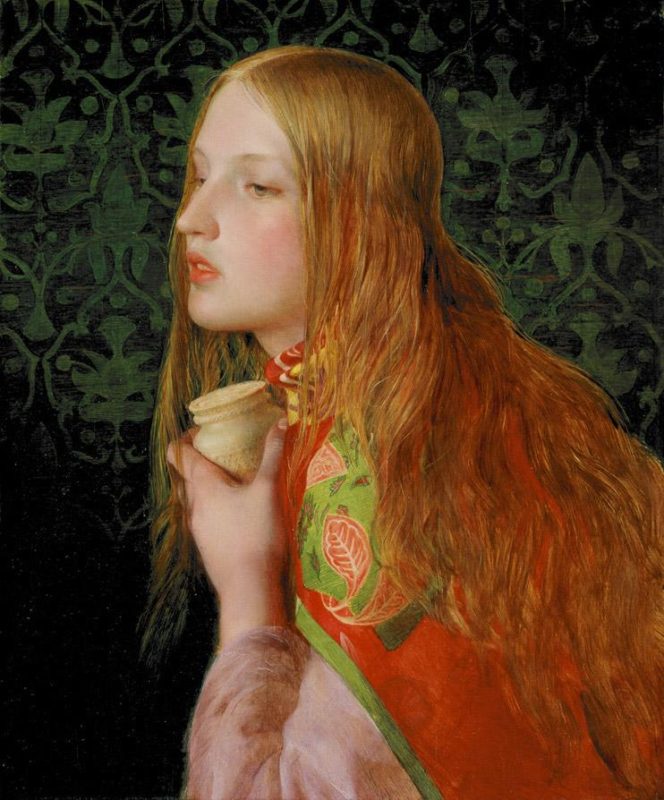Three Different Paintings of Mary Magdalene to Compare

Among Biblical characters (apart from Jesus Christ and the Virgin Mary), Mary Magdalene is likely the one who has been the subject of art the most. Through the years, the interpretation of her as both the most devout follower of the Savior and a person changed dramatically. Let’s take a look at three of the most famous paintings of Mary Magdalene and how her depictions changed from artist to artist.
Three Different Paintings of Mary Magdalene to Compare
“Conversion of the Magdalene” by Artemisia Gentileschi
This painting of Mary Magdalene in a yellow silk gown was created by the Italian Baroque painter Artemisia Gentileschi. Since Mary Magdalene was known by the people of that time as a woman who led a life of promiscuity, this piece shows her repenting and becoming a follower of Christ. In “Conversion of the Magdalene,” Mary is seen pushing away a mirror, a symbol of vanity and her worldly life. This portrayal is especially interesting, as it combines the features of two biblical women: Mary, the sister of Lazarus, and Mary Magdalene. Some scholars believe Gentileschi created this and other works depicting Mary Magdalene (see featured image) because she related to her story.
“Magdalena Wrightsman” by Georges de La Tour
This painting by Georges de La Tour depicts Mary Magdalene sitting in front of a mirror. Similarly to the work by Artemisia Gentileschi, Mary is shown contemplating, leaving her old lifestyle and renouncing vanity symbolized by a mirror to join Christ. Her face is almost entirely concealed, and her silhouette is illuminated by two candles. She holds a scull in her hands, which, similarly to the candle, is an allegory for mortality.
“Mary Magdalene” by Frederick Sandys
The difference between the previous pieces created around the same time and this painting is striking. Frederick Sandys’ image of Mary Magdalene bears the traditional features of the Pre-Raphaelite style: her hair is loose and long, a stark contrast with the luxurious patterned green damask in the background. Mary is holding an ointment cup, which is a direct reference to the scene in Luke 7:37, describing a sinful woman who anointed the feet of Jesus. One of the main differences between this painting by Frederick Sandys and the previous two is that, just like other Pre-Raphaelite depictions of Mary Magdalene, it portrays her not as penitent but as sensual.
Upon closer inspection, these three paintings of Mary Magdalene reveal interesting facts about how the people of the past viewed her character depending on their background, the beliefs they held, and the artistic tradition they were part of.



